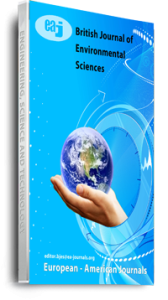The paper investigated the electricity end use characteristics of public universities in Southwestern Nigeria; examined the patterns of electricity use in public universities and determined the proportion of electricity consumption by various stakeholders. We adopted a quantitative survey and questionnaire as instrument for gathering relevant data from electricity end users in the study area. In addition, energy monitor was employed to determine the actual consumption of each end user. The data obtained were used to develop regression model for predicting electricity consumption of public universities in the study area. The percentage contribution of the four stakeholders’ groups investigated, namely Staff offices, Business units, staff and students’ halls of Residences were 12.45% – 42.18%, 171% – 6.77%, 3.32% – 12.25% and 43.50% – 82.52%, respectively. Forty-four key electrical appliances were identified in the study area. Analysis of the data retrieved showed that electric cookers, A/C, electric jugs, stabilizers, pressing iron, photocopiers, electric kettles and printers consumed 14.14%, 14.07%, 8.53%, 7.87%, 6.48%, 5.12%, 4.51% and 4.17% in that order respectively. It was found that the regression model developed could predict the electricity consumption of public universities in the study area for every unit increase in the predictor variables.
Keywords: Electrical equipment, Electricity, End use characteristics, Public Universities, Southwestern Nigeria

